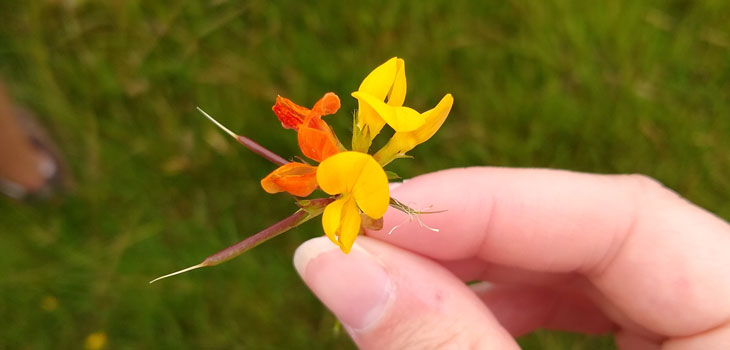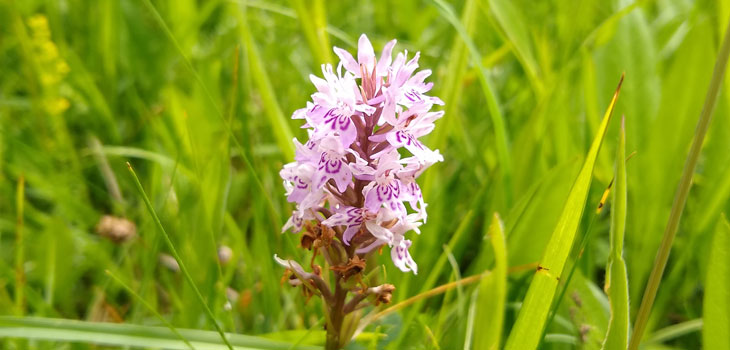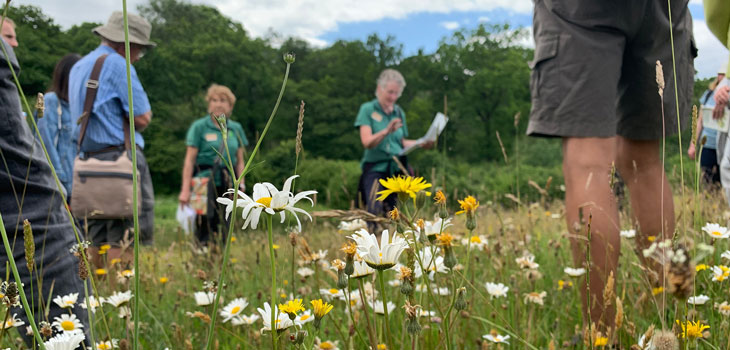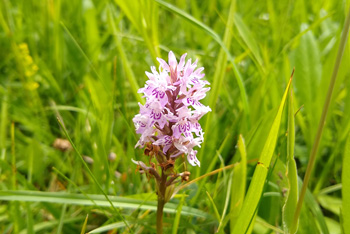Expert's guide to Westonbirt wildflowers
Once a month from April to September, on the first Tuesday, there is a specialist guided walk at Westonbirt to look at the wild plants.
These walks offer a different experience to the daily walks in the Arboretum, focusing on the wild flora that grows here.

The plants we look at on these walks are the ones without labels! Each month we endeavour to find the most interesting things in flower and most months the walk is built around a central theme. For instance, in May the highlight is the carpets of bluebells in Silk Wood, in June there are orchids to be found and in July and August the slope of the Downs has a rich and diverse flora to be explored.
The guides have to do their homework each month to find the best places to see the best flowers and they have special knowledge of where the rarities are to be found. These are often very much off the beaten track so don’t necessarily expect and easy flat walk on a hard path! Good shoes, preferably waterproof, are definitely needed.

In April the first walk of the season is usually in the Old Arboretum, before the grass has been cut. Later walks are in Silk Wood and the Downs, as this is where most of the old established native plants are to be found. The walks are ideal for people who feel they don’t know the names of many wild flowers, some are just common garden weeds, others are especially looked after at Westonbirt as they are endangered in the wild. As well as identifying the plants we try to tell you some stories about their names, or how they have been used medicinally in the past, or whether they are poisonous or good to eat.
Over the summer, we have spotted two rarities to the UK – the dainty blue Spreading Bellflower and the orchid called the Violet Helleborine. We also saw many species on the Downs and compared two different kinds of scabious plants, just now at their best; the Devil’s-bit Scabious, also sometimes known as “Bobby Bright Buttons”, and more familiar small scabious, which is turning parts of the Downs slopes a beautiful soft blue.

